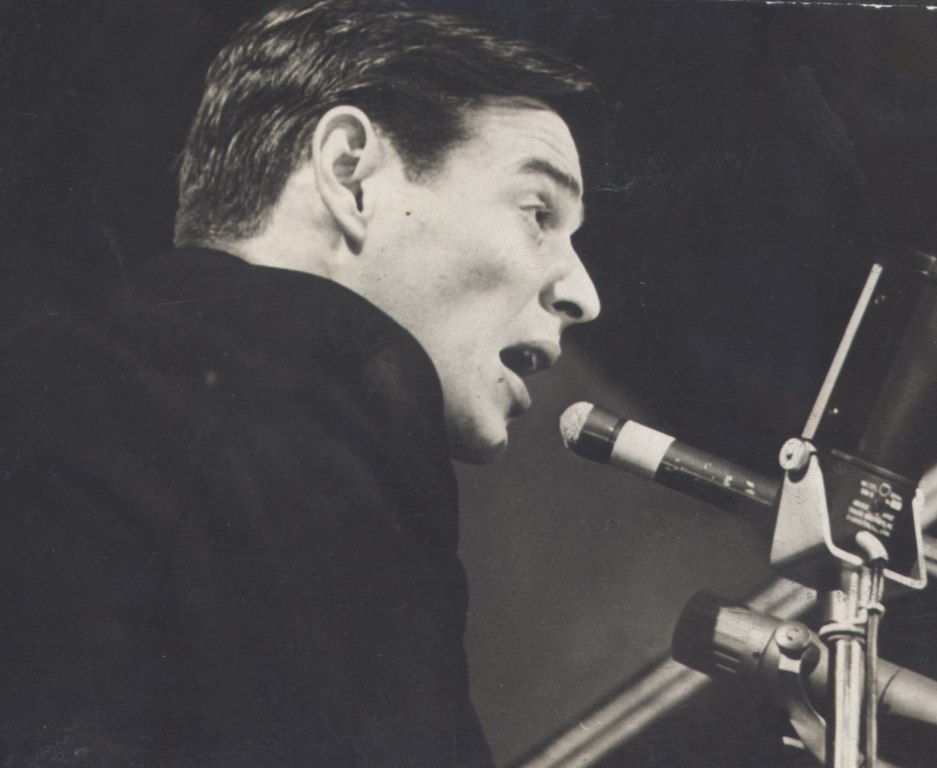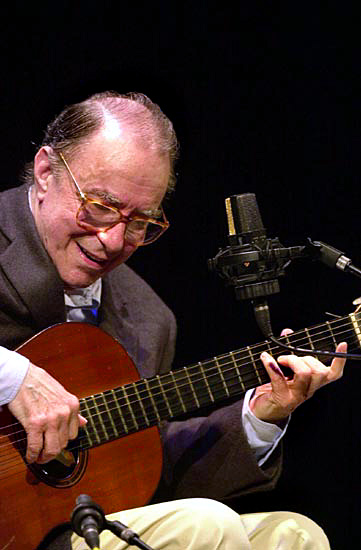Bossa nova is a musical sub-genre derived from samba, with strong American jazz influences. Samba is a Brazilian music genre and dance style, with its roots in Africa (via the West African slave trade) and its religious traditions, particularly of Angola and the Congo.1
Initially, the term bossa nova, which literally means “new wave,” referred to a new way of singing and playing samba, but gradually, it became one of the most important movements in what is known in Brazil as MPB (música popular brasileira, or Brazilian popular music).2 Bossa nova began on the tropical beaches of Rio de Janeiro in the late 1950s as jazz grew in popularity. It was a new blending of samba and jazz created by Copacabana guitarists who, along with students, artists, and musicians, came together to create a “new wave.” It was a youthful celebration of romance, beach culture, and sensual pleasure.
Bossa nova’s twin figureheads are Antônio Carlos Jobim (Tom Jobim), a gifted composer also blessed with classic good looks, and João Gilberto, a guitarist and singer who came to Rio from the poorer Bahia region. Surrounding these central figures is a wider bossa nova family. It includes “Girl from Ipanema” lyricist Vinícius de Moraes, jazz pianist Sérgio Mendes, composer/guitarist Roberto Menescal, and the bossa nova’s muse, Nara Leão, who often hosted musical gatherings in her flat.3
Initially, many Brazilian listeners were critical of the perceived influence of American jazz on bossa nova, considering it simply an imitation of cool jazz. Antônio Carlos Jobim rejected this analysis: “I think what influenced [North] American music was the [bossa nova]. I received letters and telegrams from various illustrious composers saying that had been the biggest influence on American music in the last thirty years.”4 Bossa nova peaked in popularity in the early 1960s. In 1962, there was a concert at New York’s Carnegie Hall, and the bossa nova craze had arrived. In 1964, American Stan Getz recorded “The Girl from Ipanema” with João Gilberto and his wife Astrud on vocals, along with Tom Jobim, the song’s co-composer, on piano. The album spent ninety weeks on the U.S. charts, and “The Girl from Ipanema” would become the world’s second most played song behind the Beatles’ “Yesterday.”5
Today, while no longer the most popular genre of music in Brazil, bossa nova’s impact is global.
The typical instruments heard in bossa nova songs are the classical guitar, piano, electronic organ, acoustic bass, and drums. Furthermore, a key element in bossa nova is something that usually goes unnoticed and is not commonly used in music, which is silence. As Tom Jobim, one of the fathers of bossa nova, used to say: “Music is the silence between the notes.”6
Notable musicians of the bossa nova movement are Antonia Carlos Jobim, João Gilberto, Nara Leão, Vinícius de Moraes, Stan Getz, Roberto Menescal, Luiz Bonfá, Ze Keti, and Sergio Mendes to name a few.

